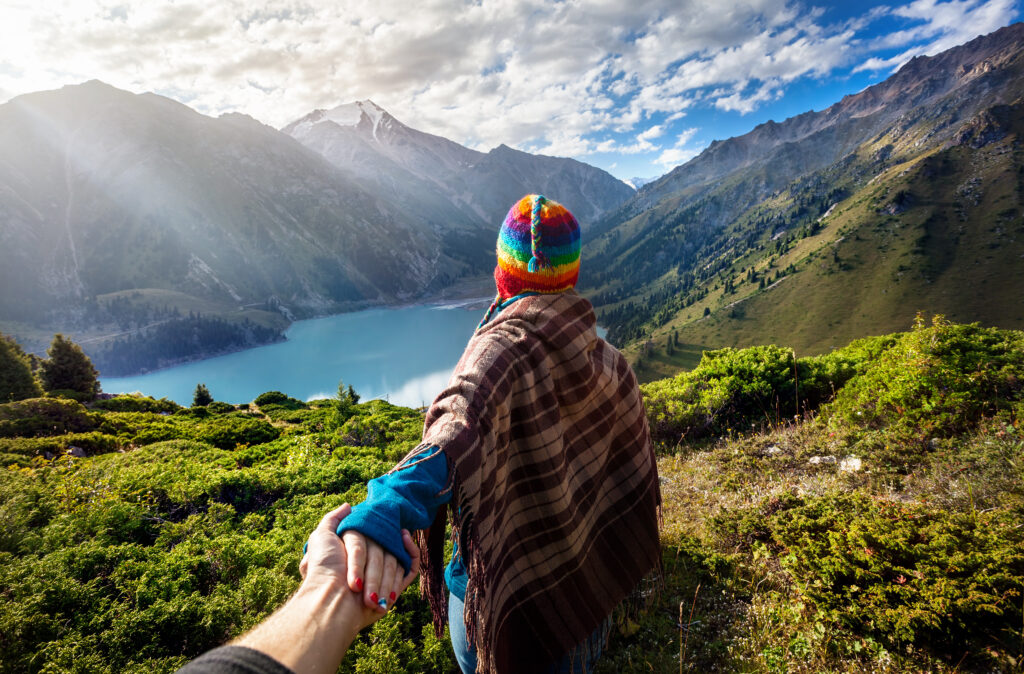
With its breathtaking panoramas, ancestral peoples and rare species, Peru is a destination unlike any other in the world. Holidaymakers and adventurers alike will find something to suit them. Home to 30 million people, Peru is the 20th largest country in the world, and will appeal to the most discerning traveller. Its capital, Lima, boasts some of the finest colonial architecture in the world. It will also delight the taste buds of gourmets, as it is one of the Unesco-recognized world capitals of gastronomy. But there's more to Peru than Lima. Peru is also the city of Cuzco, ancient capital of the Incas, the fabulous Machu Picchu, and nature as splendid as it is varied. To come to Peru is to discover another world, far from the big cities. Here, everything is pure and serene.
1. Machu Picchu
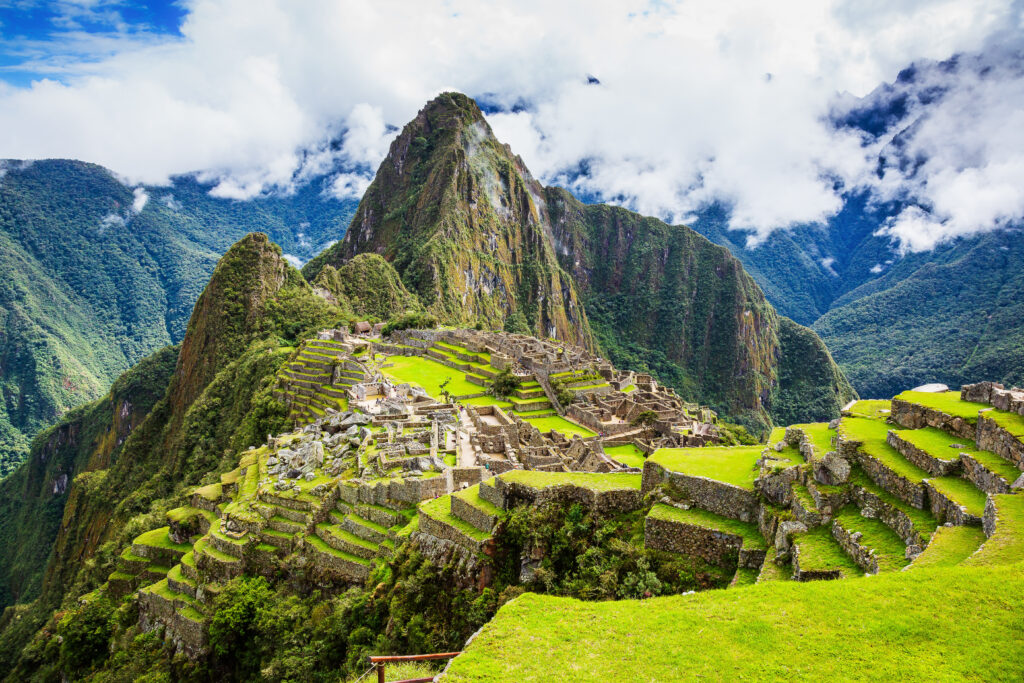
Machu Picchu is South America's most impressive pre-Columbian monument. This lost city in the valley of the Rio Urubamba, 4 days' walk from Cuzco, is one of the 10 must-see wonders of the world. Its terraced fields and numerous buildings, such as the Temple of the Sun and the Intihuatana, form a unique site that has managed to retain all its mystery. No one knows whether it's an ancient fortress, a sanctuary, a city or all of the above.... To get there, we recommend an unforgettable hikethe Inca Trail, Latin America's most famous hike. A total of 43 km of breathtaking scenery, from the subtropical jungle to the indomitable mountains of the Sacred Valley, will lead you to the Gates of the Sun and finally to Machu Picchu! Don't forget to book - this trek is impossible to do on your own. You can also book this guided group tour departing from Cuzco.
2. The city of Cusco
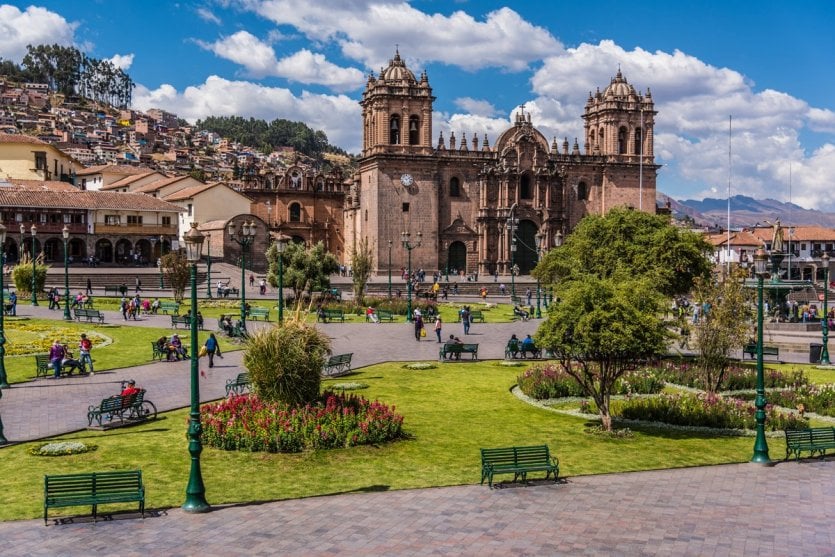
Situated at an altitude of 3,400 meters, in an immense valley embraced by brown mountains, Cusco (or Cuzco) was the capital of the Inca empire. The navel of the Andean world (Cusco means navel in the Quechua language), this ancestral city is now very popular with tourists. Discovered in 1533 by the Spaniards, this mythical Peruvian city has a captivating architecture. Most Spanish buildings are based on ancient Inca palaces, and in some cases are made of the same materials. A visit to the center of the city is a must to appreciate its treasures. Wandering through Cusco's narrow streets, you'll admire its beautiful colonial houses, their carved wooden balconies and squares clad in large, shiny cobblestones. What to do in Cusco Discover all the must-sees and must-visits!
3. Manu National Park

In the heart of the Amazon, Manu National Park is a haven of peace where nature reigns supreme. It boasts the greatest biodiversity on the planet and includes all the vegetation zones between the low tropical jungle and the Andean highlands, at altitudes of over 4,000 meters. Created on May 29, 1973, the park has been declared a World Heritage Site by Unesco and has the status of "Biosphere Reserve". "A prime destination for nature tourism, it is home to 221 species of mammal, 20,000 varieties of plant, 1,200 different butterflies and 1,000 species of bird. Worth seeing: the jaguar, the Brazilian tapir, the Peruvian rock cock, giant otters and the famous black caiman. At the heart of the park: an 18-metre-high tower and an elevated path allow you to admire the immensity of the Amazon rainforest.
4. What to do in Peru See Lima Cathedral
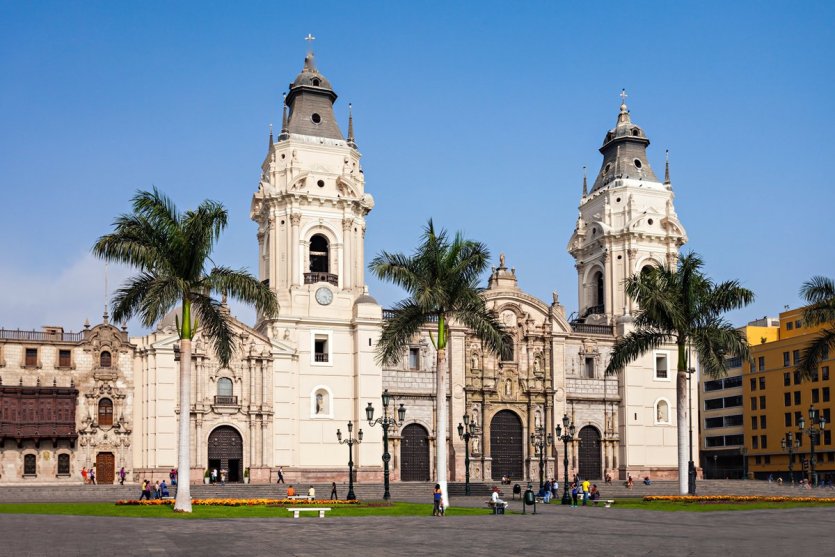
Lima, Peru's capital, is home to almost a third of the country's population. In the middle of its main square, Plaza Mayor, stands Lima Cathedral. With its adjoining chapel, El Sagrario, and giant spiral twin towers, it's a must-see monument. Built in 1625, this colonial-style building features 14 side chapels overlooking the square and surrounding streets... Inside, admire the choir, entirely carved and covered in gold. Don't miss the altars, seats and benches by Catalan sculptor Pedro Noguera. The artistic richness of the Cathedral's walls is further enhanced by their paintings. Lima Cathedral is home to the tomb of Francisco Pizarro, Peru's famous Spanish conquistador.
5. Lake Titicaca
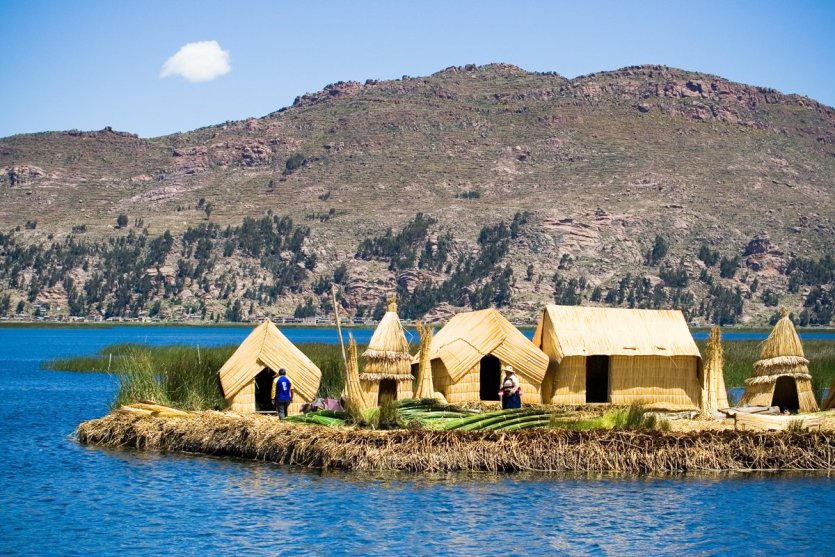
At 3,812 meters above sea level, Lake Tititcaca is the highest navigable lake in the world. An ancient hotbed of civilization, Lake Titicaca is, according to legend, the cradle of the Inca civilization. The legend tells of men who lived happily in a fertile valley, lacking nothing. The only thing forbidden: going near the sacred fire at the top of the mountain. Jealous, the devil ordered the men to be brave and go and retrieve the sacred fire. Surprised, the "Apus" gods brought out the pumas to devour the population. Faced with this massacre, the Sun god wept for 40 days and flooded the valley: Lake Titicaca was born. The pumas are said to have been transformed into stone, giving rise to the name Titicaca: the lake of stone pumas. Today, some of the 41 islands, made entirely of reeds, are home to some 2,000 inhabitants. Click here to book your 2-day guided tour of Lake Titicaca.
6. What to do in Peru Admire the Nazca lines
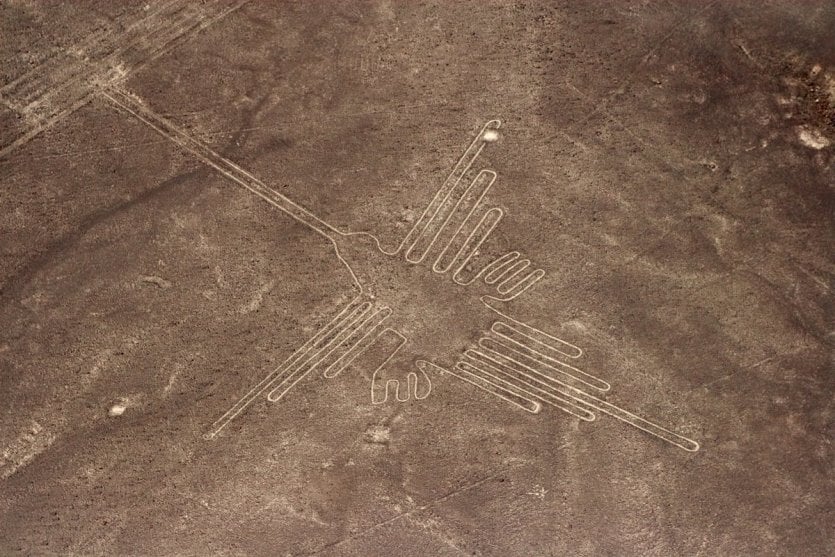
In 1939, Paul Kosok made a strange discovery in southern Peru. In the middle of the Nazca desert, stretching over some 350 km², gigantic motifs stood out. Drawn or engraved, the Nazca lines are thought to have been created between the years 300 and 900 by the "Nazca civilization". A veritable archaeological mystery, these lines represent geometric shapes or stylized animals. Experts are each developing their own theories in the hope of one day solving the mystery of the Nazca lines. Some believe they are copies of figures formed by the stars. The lines would therefore record the exact movement of the stars. We recommend that you book this flight over the fascinating and mysterious geoglyphs of Nazca for the best possible view.
7. Pacaya Samiria National Reserve
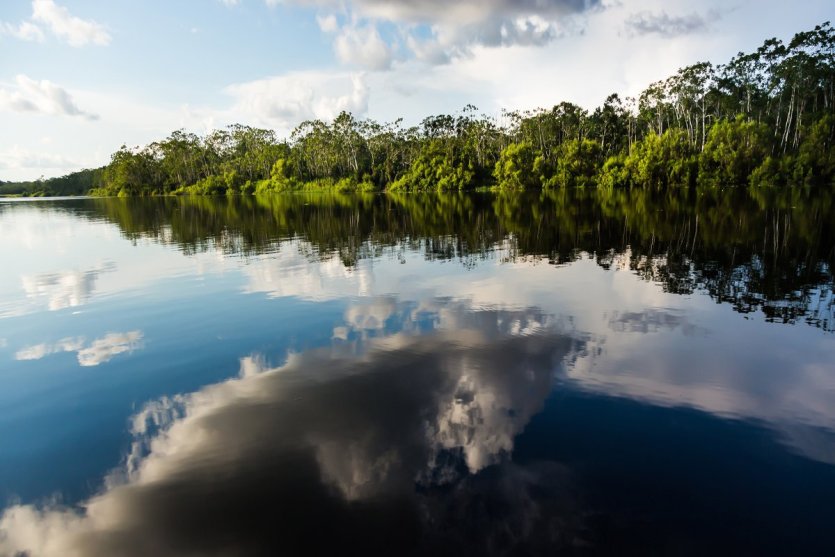
In the north of the Amazon, this reserve covers 2,080,000 hectares. The largest protected area in Peru, it is accessible only by river. The abundance of forest offers enormous biodiversity, similar to that of Manu National Park. The reserve protects the region's extraordinary ecological wealth, including an incredible diversity of fish. In all, there are more than 250 species, including the glorious pirarucu, the world's largest freshwater fish, and the river dolphin. But one of the reserve's star attractions remains the enormous charapa turtles and manatees (sea cows). The Pacaya Samiria National Reserve is teeming with mammals and plants of all kinds. Most species are in danger of extinction. A veritable paradise for Mother Nature, it offers the chance to observe wildlife that may, in a few years' time, no longer exist in the Amazon.
8. Trujillo
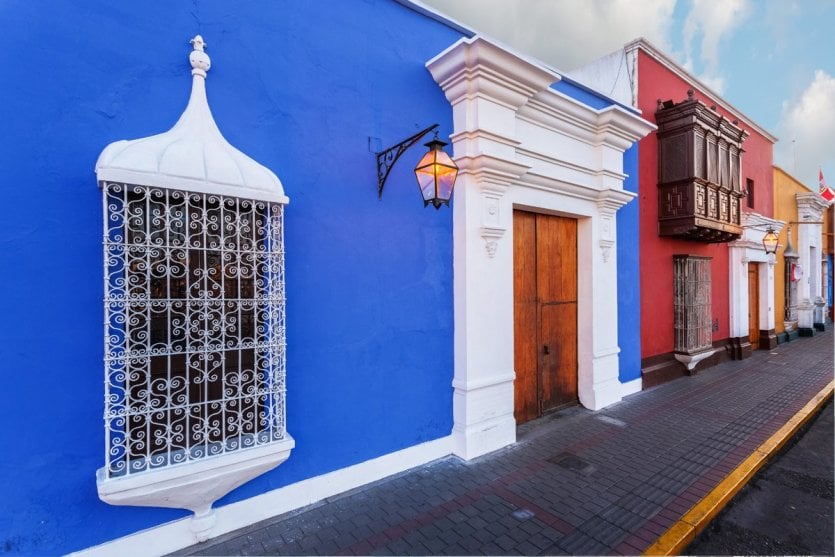
In the midst of this immense desert coastline, Trujillo brings freshness and lightness. Capital of the department of Libertad, this city is in a way a condensed version of Peru. A veritable paradise of greenery and prosperity, Trujillo well deserves its name of "city of eternal spring" with its dry climate, temperatures ranging from 19 to 24°C and narrow streets of colorful houses. It is the main venue for regional festivities, including the International Spring Festival. Surrounded by prestigious vestiges such as Chan Chan, this pleasant colonial city is a popular stopover between north and south, costa and sierra. Trujillo is one of the richest cities in terms of preserved colonial buildings. It is home to remarkable archaeological sites such as the world's largest adobe (brick) city, Huaca del Sol and Huaca de la Luna.
9. What to do in Peru Visit Chan Chan, an ancient Peruvian city
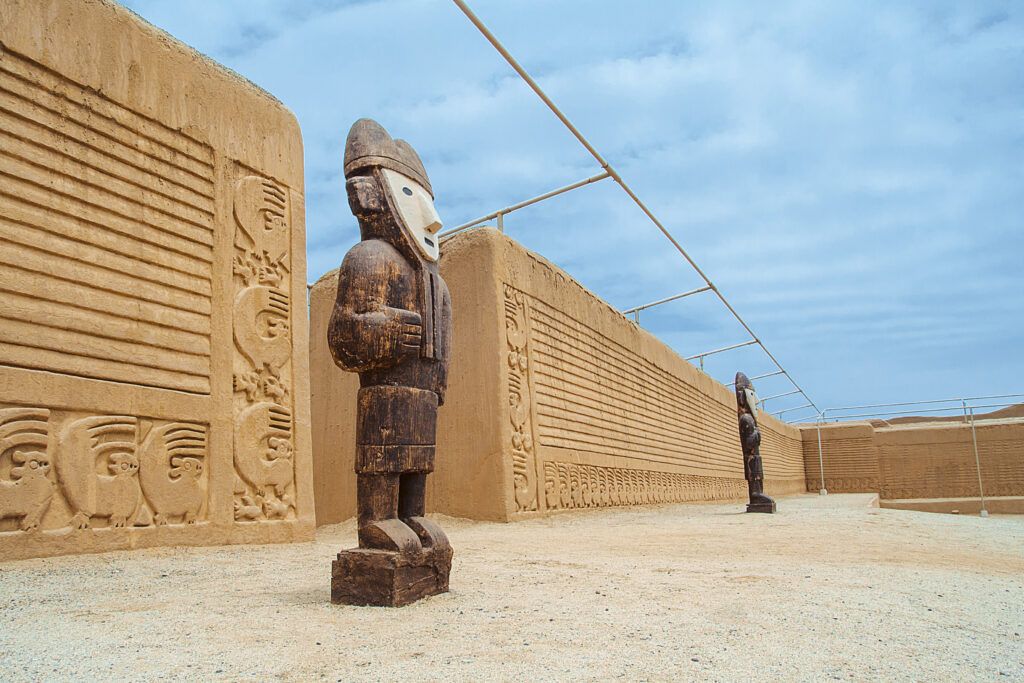
Buried beneath the sand, this is one of Peru's most impressive pre-Incan cities. Chan Chan means "where there was sun" and was the capital of the Chimú Empire, which flourished from the 9th to the 15th century. The city covered an area of 14 km², with no fewer than 28 palaces housing some 150,000 people. Today, all that remains of this grandiose city are theadobe walls, which storms continue to erode. There are still nine standing palaces . Of the palaces of Chaiwac, Uhle, Laberinto, Gran Chimú, Squier, Velarde, Bandalier and Nik An, several have been restored and copies of the original friezes installed to give a more accurate idea of the place. They are scattered along the Pan-American Highway, and the most impressive is the Palacio Nik An.
10. The Cordillera Blanca
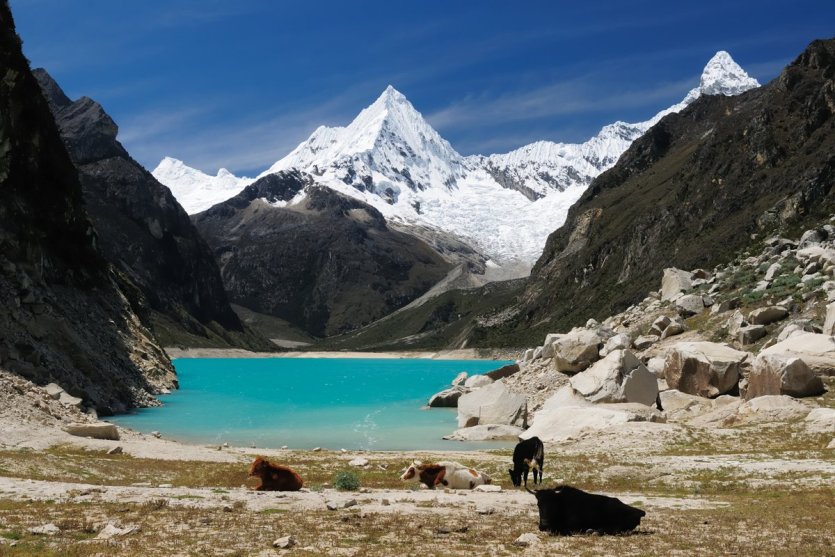
Far from Peru's main cities, elegant mountains hide surprising landscapes behind their peaks. The Cordillera Blanca is the highest tropical mountain range on the planet. It is also home to the Huascarán National Park,one of the world's most beautiful national parks. Its peaks sometimes reach 6,000 meters. This 180 km-long massif forms the natural barrier between the desert coast and the Amazon basin. A walk through the Cordillera Blanca is like discovering a multitude of paths and landscapes. There are many turquoise lakes, including Llanganuco, the most beautiful lake in the massif. The Cordillera Blanca has everything to seduce travellers: glacier lakes, endemic flora and fauna, canyons and numerous archaeological sites.
11. What to do in Peru Visit the Sipan Royal Tombs Museum
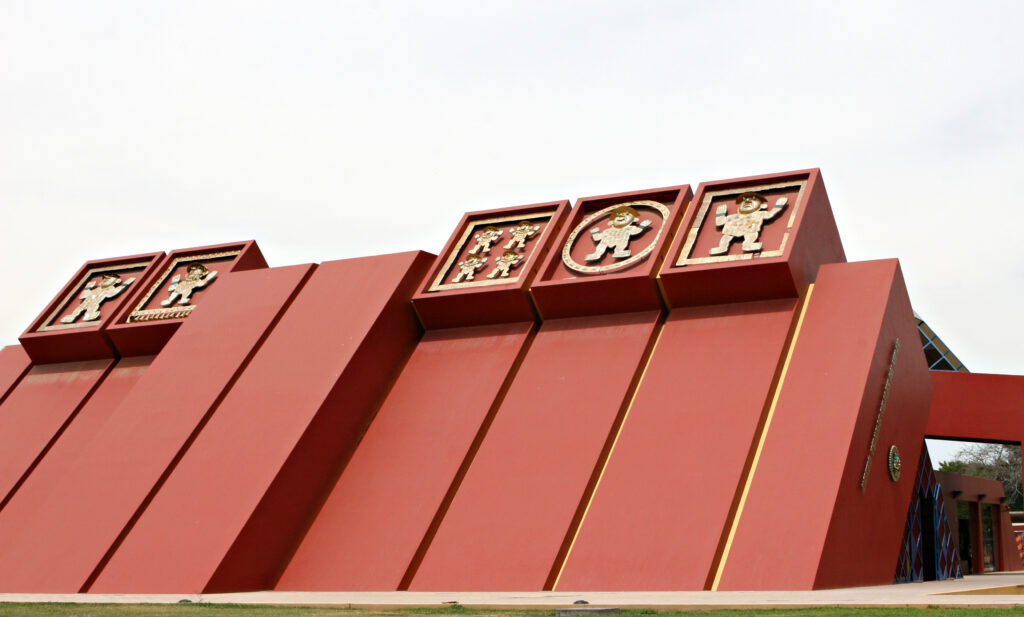
The Tumbas Reales or Lord of Sipan Museum is one of the most beautiful museums in Peru! It houses a collection of 2,000 archaeological objects from the tomb of the Lord of Sipán, in gold, silver and copper. The reconstructions of tombs and daily life in Sipan are impressive. Another must-see in the area is the nearby site of Tucume. Don't forget to visit the handicraft stands just behind it. Ask for the aldea mochica (you can enter without going into the museum).
12. Choquequirao
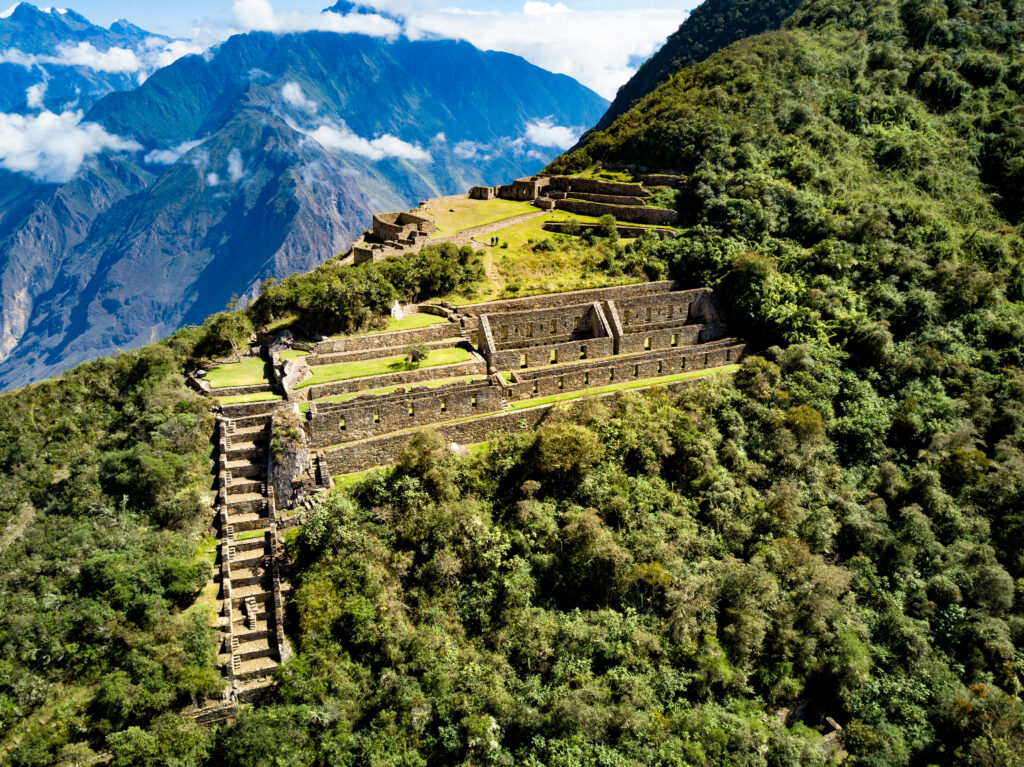
Before being discovered by archaeologists, Choquequirao lay hidden under tropical vegetation at an altitude of over 3,100 metres for centuries. In Queshua, Choquequirao means "cradle of gold". This city would have served as a control center between the Andes region and Amazonia. If you want to limit your carbon footprint, Choquequirao is an alternative to Machu Picchu (which suffers from overcrowding), thanks to its impressive resemblance to the mythical site. It's also much less crowded, as it's only accessible on foot. It's a 2-day walk (34 km) from Cachora, a village 4 hours by bus from Cusco. You can also book this 5-day guided trek to the lost city of the Incas!
13. Trek the Colca Canyon
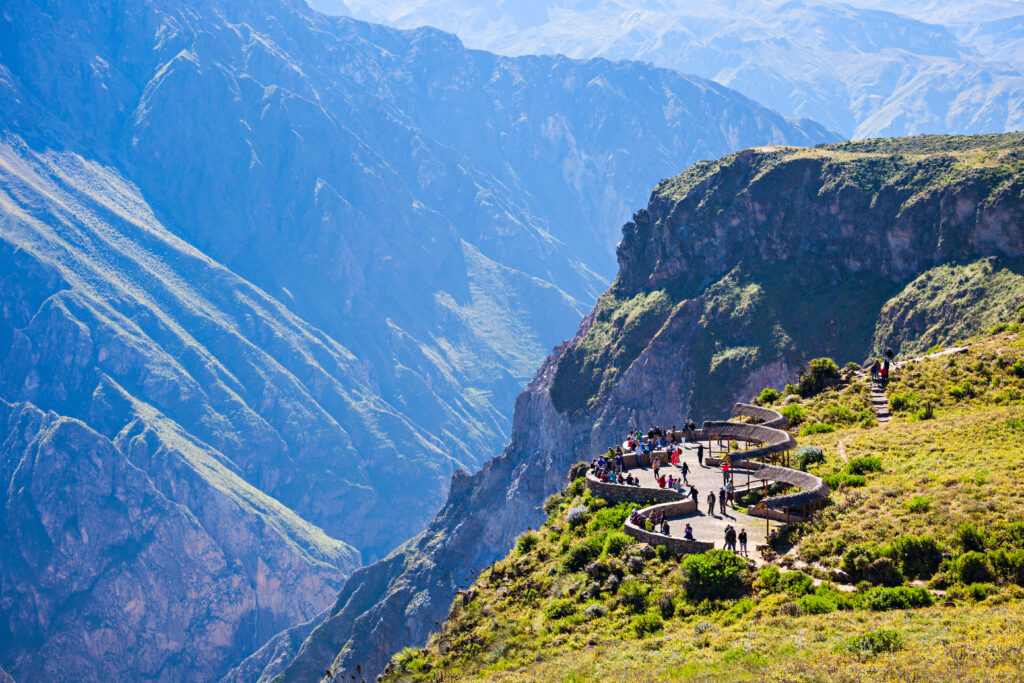
This is one of Peru's must-see canyons, with its small villages, thermal waters, the Condor Cross and agricultural terraces... Located in the Arequipa region, the Colca Canyon is the 2nd deepest canyon in the world, after the Cotahuasi Canyon. To give you an idea, it's twice as deep as the Grand Canyon. Would you like to visit the Colca Canyon? Peru is the country par excellence for trekking, so discover here an all-inclusive tour that's sure to please! You can also opt for a lighter version by booking this 2-day excursion to the Colca Canyon!
If you like adventure, we recommend you read our article "Top 10 most dangerous treks, #2 will knock your socks off..."
14. The Peruvian archaeological city of Caral
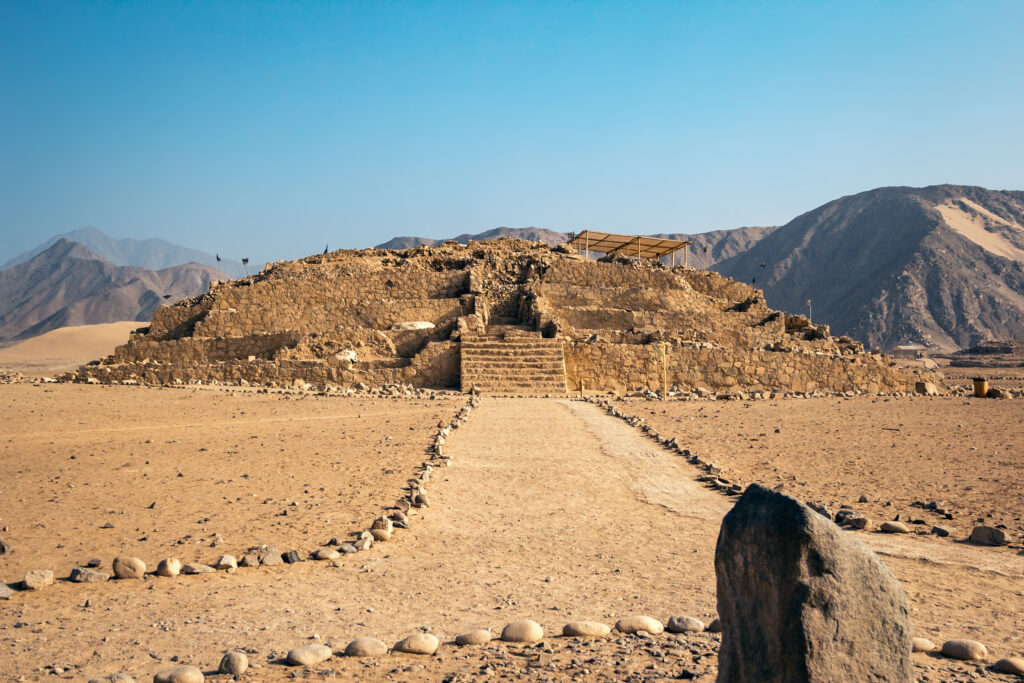
180 kilometers north of Lima lie the remains of Caral, the oldest pre-Columbian city in America (over 5,000 years old), and a UNESCO World Heritage site since 2009. This civilization, which lived from agriculture and fishing, left its mark with six pyramids in the middle of an arid, almost white desert. The most imposing rises to 18 metres. This is a major discovery in the history of civilization. It's difficult to get there on your own, as the site is secluded, on the edge of the desert foothills. In Lima, you'll find agencies where you can book a day trip to Caral.
15. What to do in Peru See the Huayhuash mountain range
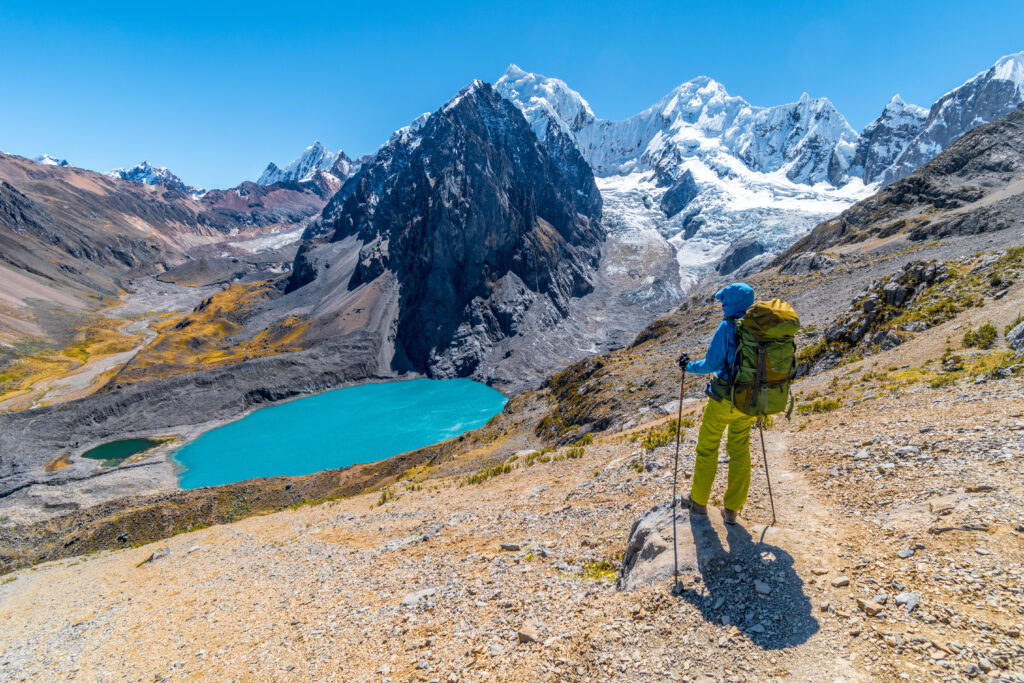
The Cordillera de Huayhuash is a 40 km-long mountain range to the southwest of La Unión, home to Peru's second-highest peak, Yarupajá (6,634 m). Located at the southernmost tip of the Cordillera Blanca, the Huayhuash trek is considered one of the world's most beautiful treks, and is a benchmark for outdoor and mountain enthusiasts. It covers the Yerupajá peak and its mountain range in around 8 to 10 days, depending on the route taken. The program includes turquoise lakes and snow-capped peaks that will remain etched in your memories forever... !
16. the Ballestas Islands
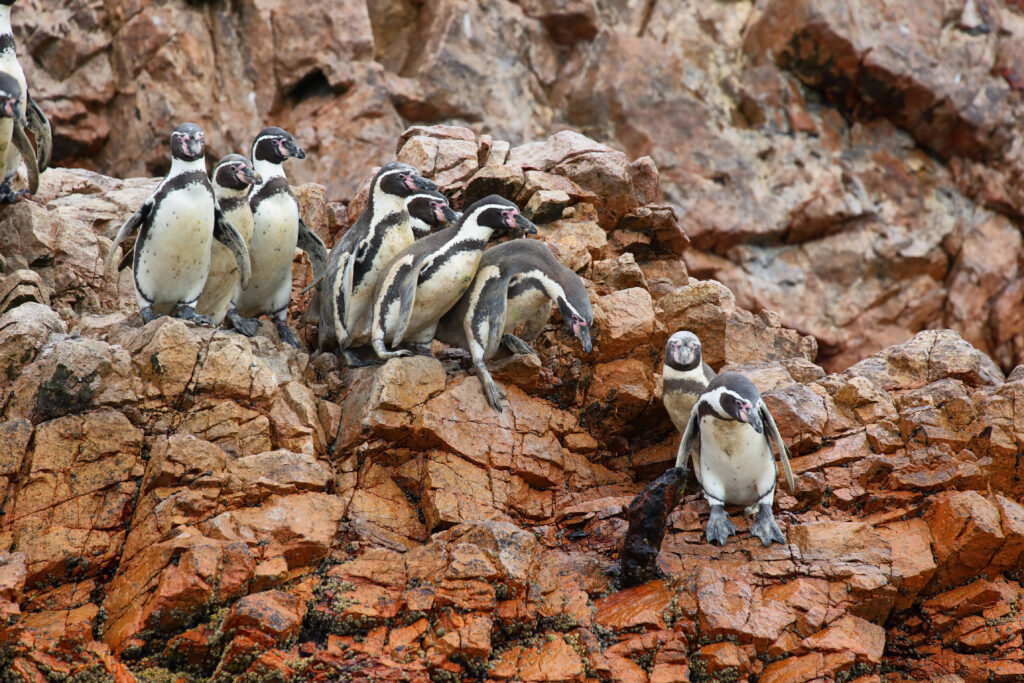
These bizarre ochre rock formations are home to a diverse marine fauna and numerous colonies of birds such as the "zarzillo" (a type of seagull), the "chuita" (red-legged cormorant), the pelican and the famous "piquero peruano", as well as numerous seals, sea lions and dolphins. On the way to Islas Balestas, you'll see a strange figure engraved on a hill, visible only from the sea: el Candelabro, which, as with the Nazca lines, is the subject of much speculation as to its meaning. A drawing of a cactus, a venerated plant, a sign to guide navigators? It remains a mystery. Click here to book your boat trip to the Ballestas Islands!
Please note: it's not possible to descend onto the islands (only guano harvesters are allowed), but you can get very close to the beaches and rocks where the sea lions laze.
17. Vinicunca or 7-colour mountain
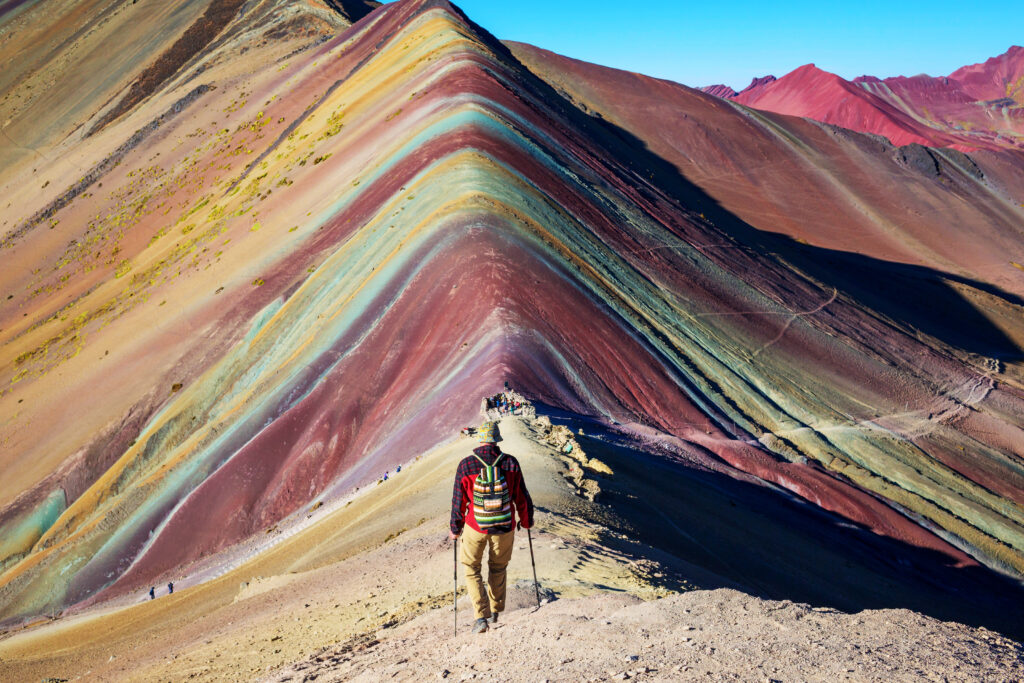
The Vinicunca mountain or Mountain of 7 colors is a magnificent rainbow mountain stiuated in the Cusco region, culminating at an altitude of over 5,000 meters. This impressive sight has its origins in the accumulation of layers of sediment over centuries and centuries. Be aware that you need to be in very good physical condition if you want to discover this marvellous mountain, as the ascent is not the easiest, and you'll no doubt feel the lack of oxygen from the start, at an altitude of 4,000 metres. Several agencies offer day tours of Rainbow Mountain, and we particularly recommend this one !
18. Huacachina oasis
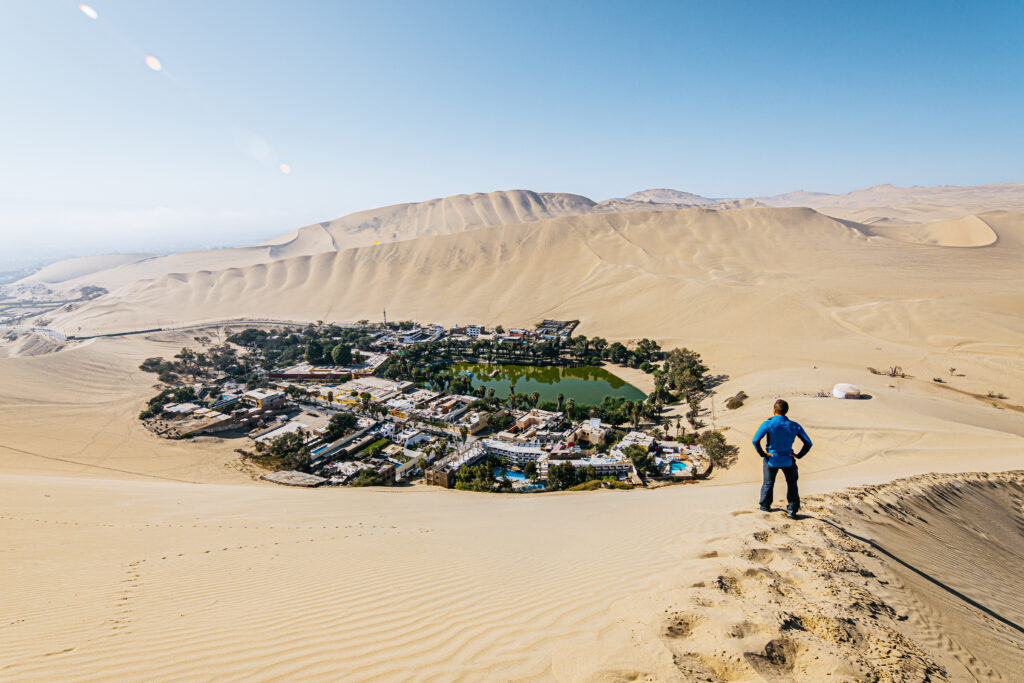
A small village built around a natural waterhole and surrounded by vegetation and palm trees, the Huacachina oasis has become one of Peru's must-sees in recent years, and one of the desert's most astonishing places. Some people bathe here (although this is not recommended), sports enthusiasts can take buggy rides and surf on the sand, but what we recommend above all is climbing to the top on foot to enjoy the beautiful spectacle of a sunset over the dunes... This magical setting has earned it the right to illustrate Peruvian 50 soles banknotes.
Enjoyan incredible buggy ride over the dunes of the Huacachin oasis by booking right here!
19. The must-see Ollantaytambo fortress
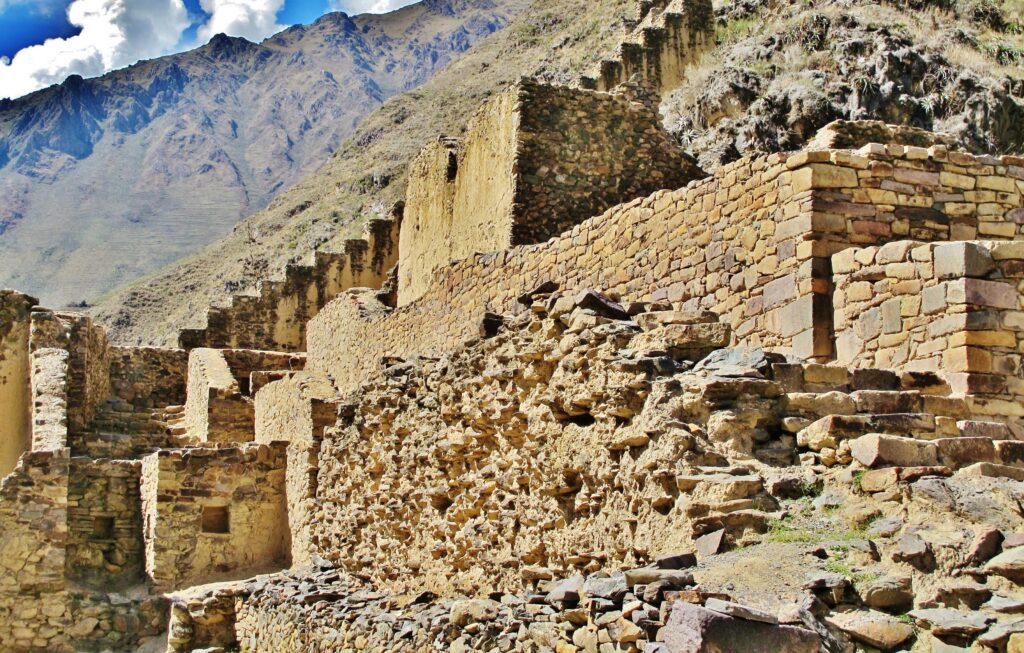
The fortress of Ollantaytambo is one of the few remaining vestiges of Inca urban architecture , with its buildings, streets and patios. It was the site of fighting between the Incas and the Spanish after the fall of Cuzco. A particularly steep staircase leads up to the summit, through a series of agricultural terraces. You'll see a ten-niche mummy temple overlooking the Temple of the Sun, made up of six gigantic monoliths, as well as adobe and dry-stone dwellings. Prepare yourself for a magical experience, as the fortress is literally embedded in a cirque of rocks, and the higher you climb, the more the landscape unfolds.
20. Revash, burial site of the Chachapoyas people
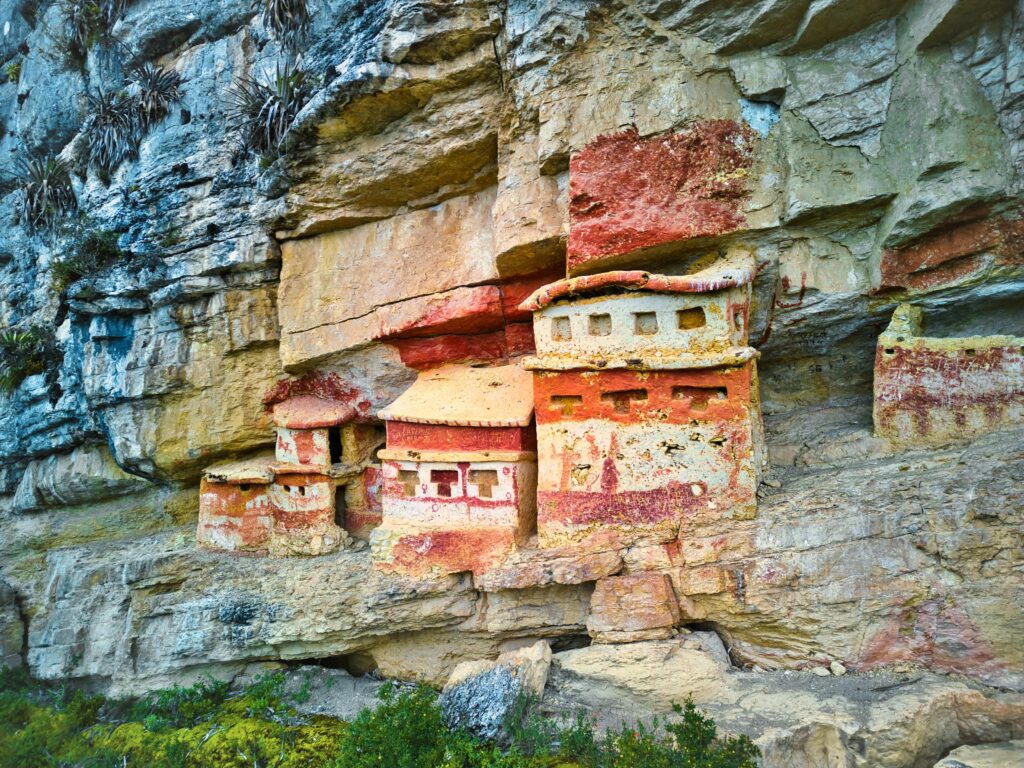
Located at an altitude of 2,800 metres, high on the limestone cliffs of Cerro Carbón, the mausoleums of Revash are a Chachapoyas necropolis. These collective tombs , similar to small houses, occupy natural caves or are dug into the rock face of an imposing ravine. Painted in red and cream, some have gabled roofs, others two levels and T-shaped, cross-shaped or square windows. Some of the rocks are painted red with circles, flames and other magical symbols. The whole has a mystical air about it.
21. Kuelap Fortress
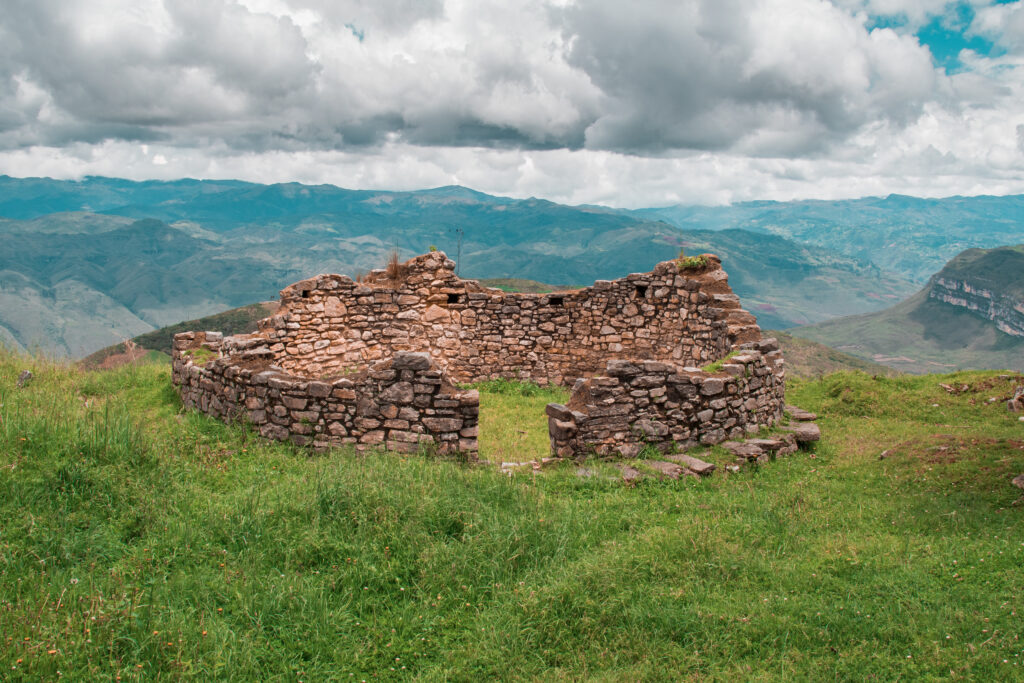
Kuélap, one of Peru's major archaeological sites, was first explored by a couple of French anthropologists. Perched at an altitude of 3,080 m, amid a jungle of orchids clinging to moss-covered trees, this fortified complex consists of two superimposed platforms on which a village was built. Among the 400 circular dwellings, the most remarkable buildings are el Tintero, an inverted cone over 5 m high, inside which a chamber was bored at a depth of 5 m; the six buildings decorated with stone friezes depicting puma eyes; el Castillo, a 3-storey ritual monument; and el Torreón, the watchtower.
22. What to do in Peru Sunbathing on the beaches of Punta Sal
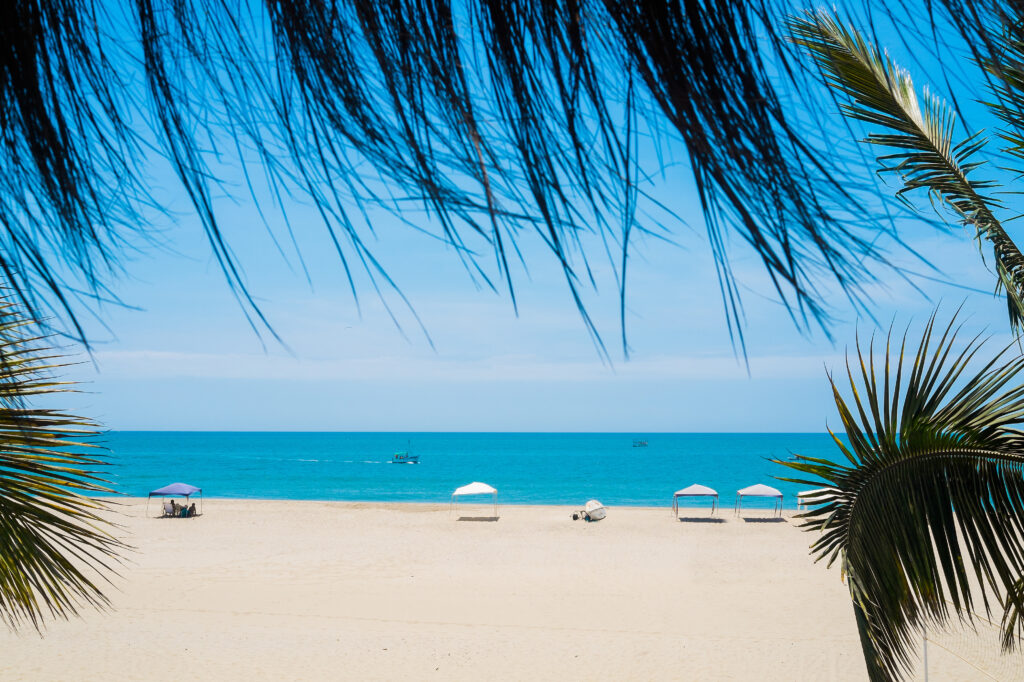
A vacation in Peru isn't just about hiking, visiting lost cities and Inca ruins. It's also the time to relax after a tour full of discoveries, or simply to enjoy a seaside break away from the stresses of everyday life. Peru is home tosome magnificent beaches, particularly in the northern part of the country. Opting for a stay at Punta Sal will give you the opportunity to fully recharge your batteries: you'll enjoy the fine sandy beach in front of the hotel!
23. Gocta waterfall
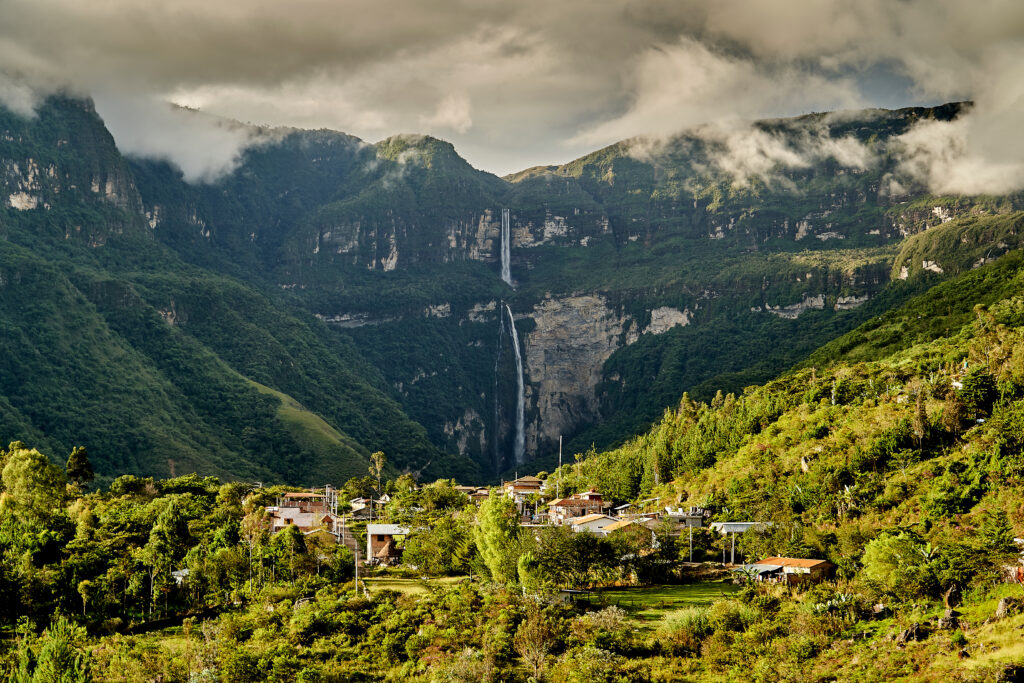
The Gocta waterfall is an impressive cascade located in the Amazonas region. At 771 m, it is one of the world's highest waterfalls . In addition to the incredible spectacle offered by this waterfall, you can enjoy the impressive diversity of flora (bromeliads, orchids, giant ferns, palms, etc.) and fauna (monkeys, toucans, parakeets, etc.) as well as lush vegetation. To reach the Gocta waterfall, you'll need to walk for around three hours through a valley from the hamlet of Cocachimba: book your guided tourhere!
What to do in Peru in 10 days
A 10-day trip to Peru offers the opportunity to discover a variety of emblematic sites, from Inca vestiges to spectacular natural landscapes. Here's a suggested itinerary for a 10-day trip to Peru, an authentic destination that will fulfill all your expectations! :
Days 1-3: Lima
- Explore the capital, Lima, visiting the historic center and the Miraflores district.
- Discover Peruvian cuisine in one of the many local restaurants. With dishes such as succulent cevicheantichuchos, lomo saltado(beef with vegetables sautéed in soy sauce) or papa a la huancaína ( potatoes in peanut sauce), Peruvian cuisine has won prestigious awards, including Best Gastronomic Destination in the World by the World Travel Awards for six years running.
- Visit museums such as the Larco Museum to learn more about Peru's history.
Days 4-5: Cuzco
- Travel to Cuzco, the ancient Inca capital.
- Explore the city and visit historic sites such as the Plaza de Armas and Cuzco Cathedral.
- Excursion to nearby archaeological sites such as Sacsayhuaman and Q'enqo.
Days 6-7: Sacred Valley
- Descend into the Sacred Valley and visit sites such as Pisac, Ollantaytambo and Moray.
- Explore local markets and sample traditional cuisine.
- Enjoy the natural beauty of the valley.
Days 8-9: Machu Picchu
- Take the train to Aguas Calientes, the town at the foot of Machu Picchu.
- Visit the Inca citadel of Machu Picchu, a UNESCO World Heritage site.
- Spend a day exploring this fascinating site and enjoying the magnificent views.
Day 10: Return to Lima or optional extension
- Return to Lima or explore other parts of Peru according to your preferences.
- If time permits, consider an extension to the Amazon region, the Ballestas Islands or Lake Titicaca.
How can I visit Peru in 15 days?
With 5 extra days, you can extend your exploration of Peru to include more interesting sites. Here's a possible extension to a 15-day trip:
Days 11-12: Arequipa and Colca Canyon
- Fly to Arequipa, nicknamed the "White City".
- Explore the historic center, the Plaza de Armas and visit the Santa Catalina monastery.
- Head for the Colca Canyon, one of the world's deepest canyons.
- Admire the majestic flight of condors at Cruz del Condor.
Days 13-14: Lake Titicaca
- Travel to Puno, located on the shores of Lake Titicaca.
- Explore the lake, visit the floating islands of Uros and the island of Taquile.
- Discover the local culture and customs of the communities living on the lake.
Day 15: Return to Lima or optional extension
- Return to Lima for your departure flight, or consider an extension to other parts of Peru to suit your interests.
This extension adds an extra dimension to your trip by exploring the city of Arequipa, the majestic Colca Canyon, and Lake Titicaca, the world's largest high-altitude lake. Be sure to check flight availability and adjust your itinerary to suit your personal preferences.
Getting around Peru
If you don't have much time, given the poor state of the roads and buses, opt for air travel: fares are very affordable and will connect you to the main points of the country. Otherwise, take the bus, the most widespread, inexpensive and practical means of transport. A nice train journey (Lima-Huancayo) can be made (twice a month between April and November), while the boat will be your indispensable vehicle in Amazonia: ferries run between Yurimaguas and the Triple Frontier (Peru-Brazil-Colombia) in 3 to 5 days, depending on the direction of the current. Find out more here!
For the more adventurous, Peru is also one of our Top 10 countries to discover on a motorcycle trip!
Tempted by a vacation in Peru? Take advantage of a discount by booking your travel insurance here, and leave with peace of mind!


